
Blender Compositing and Post Processing
¥63.21
This book is a stepbystep compositing guide, with lots of illustrations and practical approaches and implementations to attain a desired visual quality to a deadline. Each chapter progressively adds to your skillset, covering a wide range of CG film making compositing concepts. This book is for digital CG artists looking to add photo realism and life to their footage. This book also assists technical CG artists in strategizing and implementing productive lighting. If you are new to Blender or compositing, this book will guide you step by step in gaining compositing skills.
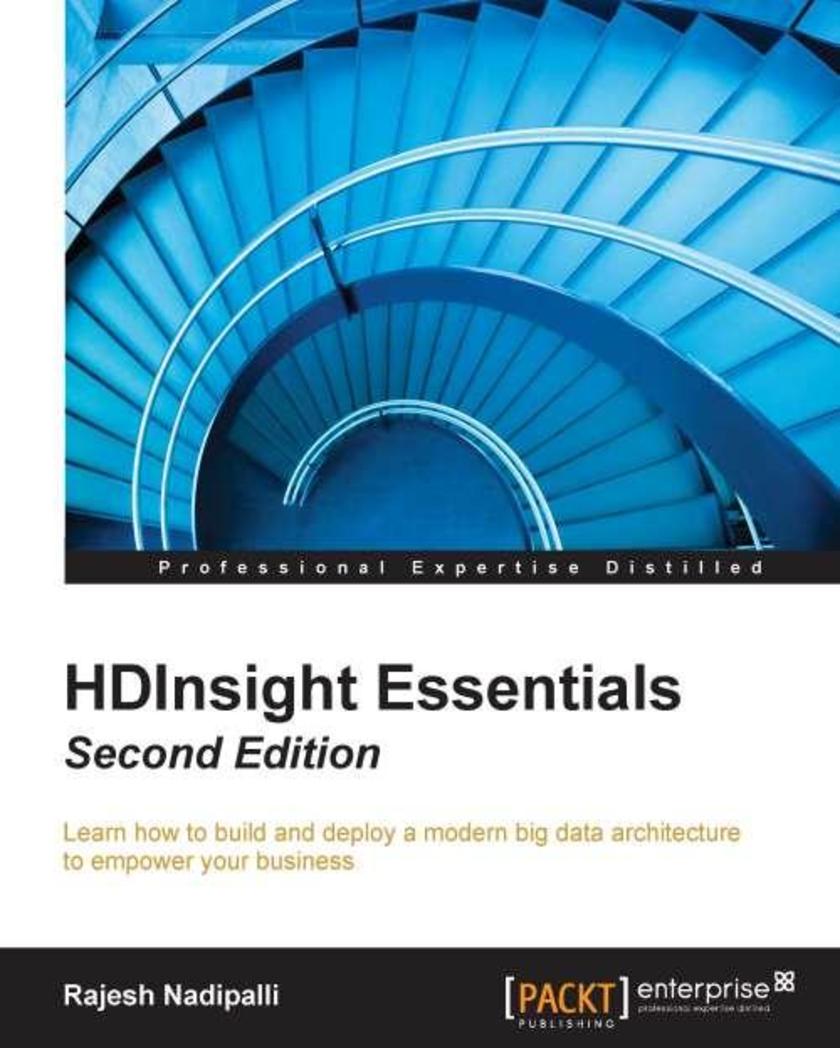
HDInsight Essentials - Second Edition
¥63.21
If you want to discover one of the latest tools designed to produce stunning Big Data insights, this book features everything you need to get to grips with your data. Whether you are a data architect, developer, or a business strategist, HDInsight adds value in everything from development, administration, and reporting.
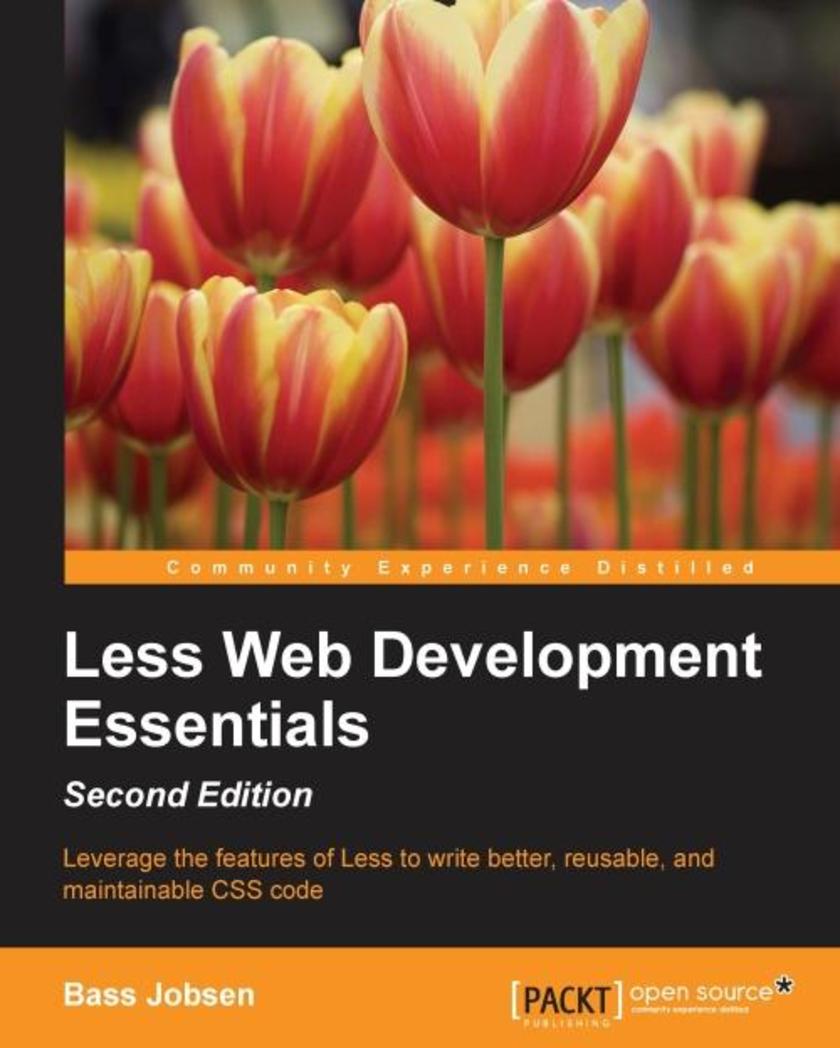
Less Web Development Essentials - Second Edition
¥63.21
If you use CSS for web development tasks and want to learn how to create maintainable and reusable code, this is the book for you. Basic knowledge of web development would be helpful.
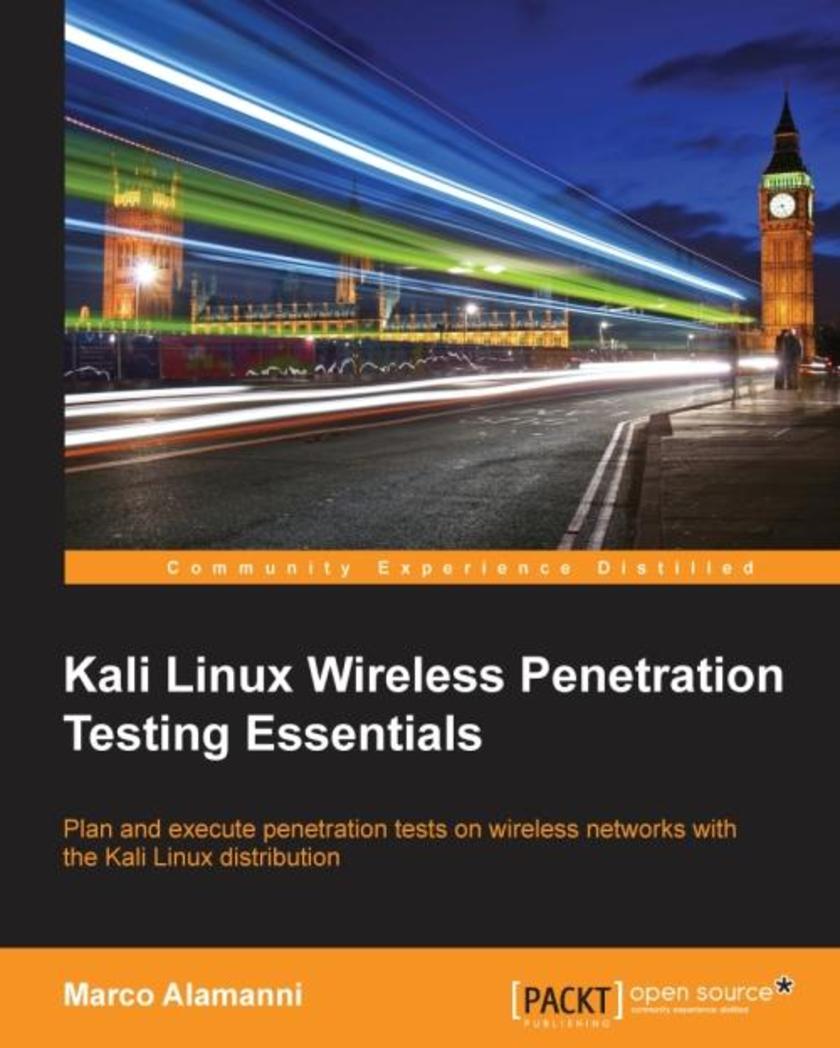
Kali Linux Wireless Penetration Testing Essentials
¥63.21
This book is targeted at information security professionals, penetration testers and network/system administrators who want to get started with wireless penetration testing. No prior experience with Kali Linux and wireless penetration testing is required, but familiarity with Linux and basic networking concepts is recommended.
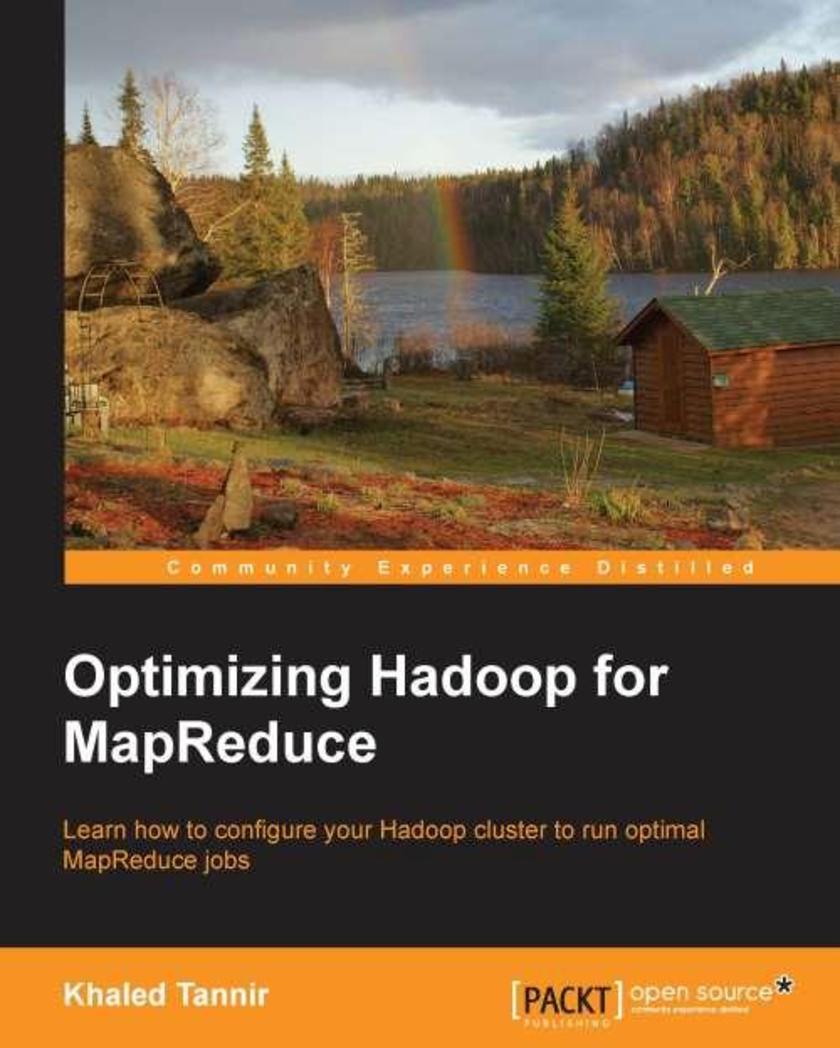
Optimizing Hadoop for MapReduce
¥63.21
This book is an examplebased tutorial that deals with Optimizing Hadoop for MapReduce job performance. If you are a Hadoop administrator, developer, MapReduce user, or beginner, this book is the best choice available if you wish to optimize your clusters and applications. Having prior knowledge of creating MapReduce applications is not necessary, but will help you better understand the concepts and snippets of MapReduce class template code.
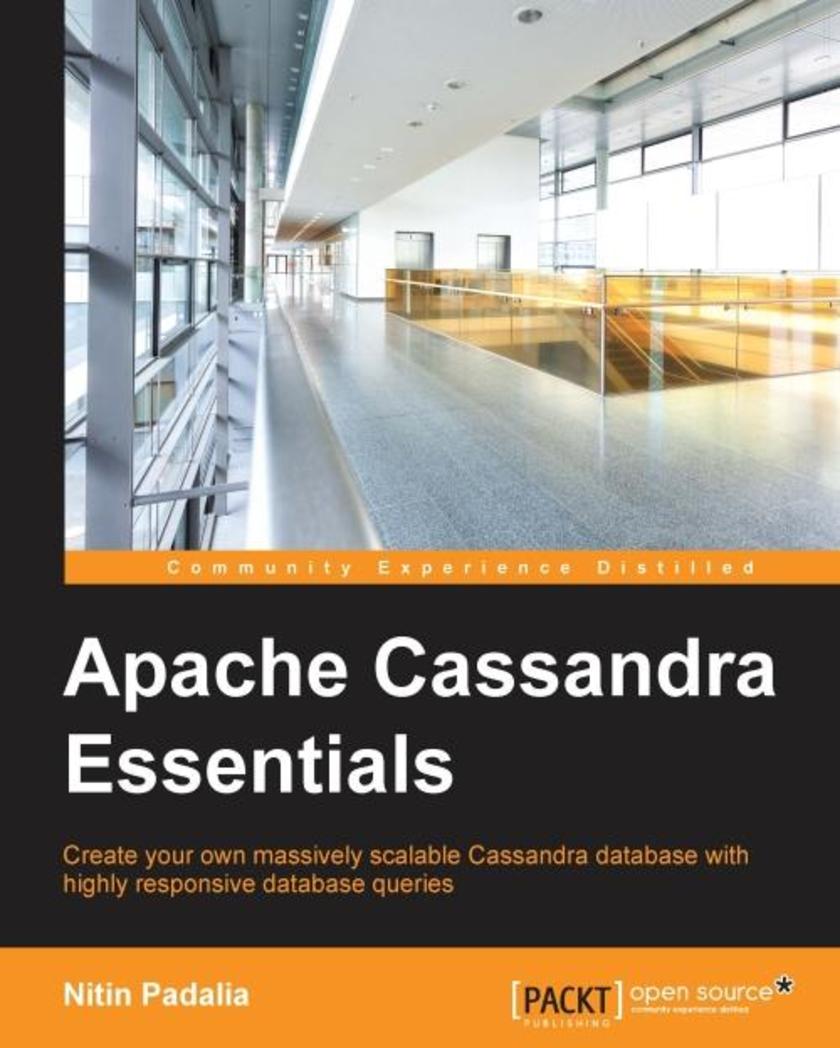
Apache Cassandra Essentials
¥63.21
Create your own massively scalable Cassandra database with highly responsive database queries About This Book Create a Cassandra cluster and tweak its configuration to get the best performance based on your environment Analyze the key concepts and architecture of Cassandra, which are essential to create highly responsive Cassandra databases A fast-paced and step-by-step guide on handling huge amount of data and getting the best out of your database applications Who This Book Is For If you are a developer who is working with Cassandra and you want to deep dive into the core concepts and understand Cassandra’s non-relational nature, then this book is for you. A basic understanding of Cassandra is expected. What You Will Learn Install and set up your Cassandra Cluster using various installation types Use Cassandra Query Language (CQL) to design Cassandra database and tables with various configuration options Design your Cassandra database to be evenly loaded with the lowest read/write latencies Employ the available Cassandra tools to monitor and maintain a Cassandra cluster Debug CQL queries to discover why they are performing relatively slowly Choose the best-suited compaction strategy for your database based on your usage pattern Tune Cassandra based on your deployment operation system environment In Detail Apache Cassandra Essentials takes you step-by-step from from the basics of installation to advanced installation options and database design techniques. It gives you all the information you need to effectively design a well distributed and high performance database. You’ll get to know about the steps that are performed by a Cassandra node when you execute a read/write query, which is essential to properly maintain of a Cassandra cluster and to debug any issues. Next, you’ll discover how to integrate a Cassandra driver in your applications and perform read/write operations. Finally, you’ll learn about the various tools provided by Cassandra for serviceability aspects such as logging, metrics, backup, and recovery. Style and approach This step-by-step guide is packed with examples that explain the core concepts as well as advanced concepts, techniques, and usages of Apache Cassandra.
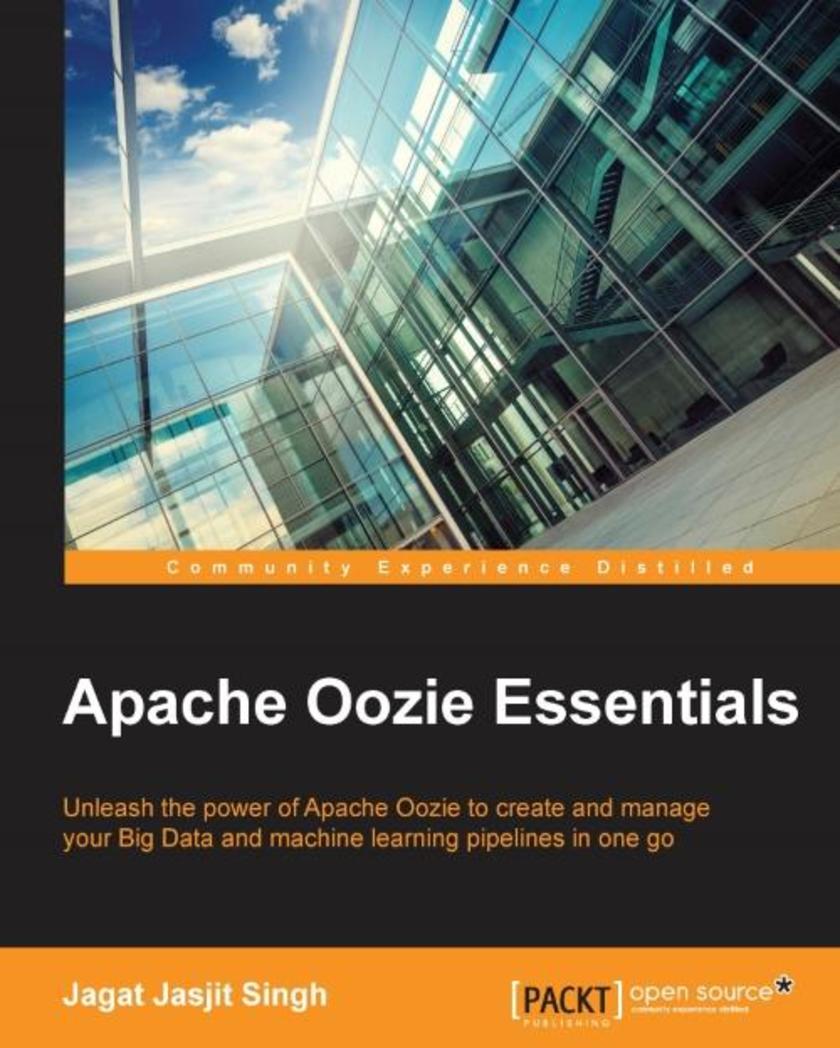
Apache Oozie Essentials
¥63.21
Unleash the power of Apache Oozie to create and manage your big data and machine learning pipelines in one go About This Book Teaches you everything you need to know to get started with Apache Oozie from scratch and manage your data pipelines effortlessly Learn to write data ingestion workflows with the help of real-life examples from the author’s own personal experience Embed Spark jobs to run your machine learning models on top of Hadoop Who This Book Is For If you are an expert Hadoop user who wants to use Apache Oozie to handle workflows efficiently, this book is for you. This book will be handy to anyone who is familiar with the basics of Hadoop and wants to automate data and machine learning pipelines. What You Will Learn Install and configure Oozie from source code on your Hadoop cluster Dive into the world of Oozie with Java MapReduce jobs Schedule Hive ETL and data ingestion jobs >Import data from a database through Sqoop jobs in HDFS Create and process data pipelines with Pig, hive *s as per business requirements. Run machine learning Spark jobs on Hadoop Create quick Oozie jobs using Hue Make the most of Oozie’s security capabilities by configuring Oozie’s security In Detail As more and more organizations are discovering the use of big data analytics, interest in platforms that provide storage, computation, and analytic capabilities is booming exponentially. This calls for data management. Hadoop caters to this need. Oozie fulfils this necessity for a scheduler for a Hadoop job by acting as a cron to better analyze data. Apache Oozie Essentials starts off with the basics right from installing and configuring Oozie from source code on your Hadoop cluster to managing your complex clusters. You will learn how to create data ingestion and machine learning workflows. This book is sprinkled with the examples and exercises to help you take your big data learning to the next level. You will discover how to write workflows to run your MapReduce, Pig ,Hive, and Sqoop *s and schedule them to run at a specific time or for a specific business requirement using a coordinator. This book has engaging real-life exercises and examples to get you in the thick of things. Lastly, you’ll get a grip of how to embed Spark jobs, which can be used to run your machine learning models on Hadoop. By the end of the book, you will have a good knowledge of Apache Oozie. You will be capable of using Oozie to handle large Hadoop workflows and even improve the availability of your Hadoop environment. Style and approach This book is a hands-on guide that explains Oozie using real-world examples. Each chapter is blended beautifully with fundamental concepts sprinkled in-between case study solution algorithms and topped off with self-learning exercises.
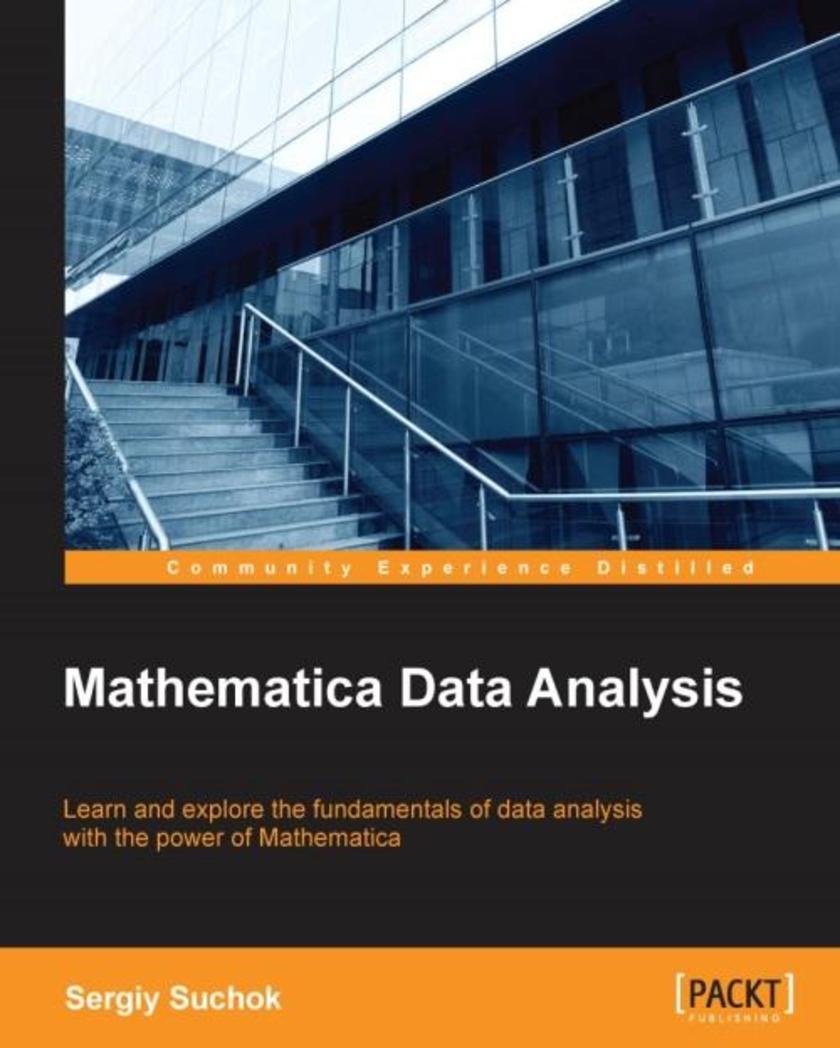
Mathematica Data Analysis
¥63.21
Learn and explore the fundamentals of data analysis with power of Mathematica About This Book Use the power of Mathematica to analyze data in your applications Discover the capabilities of data classification and pattern recognition offered by Mathematica Use hundreds of algorithms for time series analysis to predict the future Who This Book Is For The book is for those who want to learn to use the power of Mathematica to analyze and process data. Perhaps you are already familiar with data analysis but have never used Mathematica, or you know Mathematica but you are new to data analysis. With the help of this book, you will be able to quickly catch up on the key points for a successful start. What You Will Learn Import data from different sources to Mathematica Link external libraries with programs written in Mathematica Classify data and partition them into clusters Recognize faces, objects, text, and barcodes Use Mathematica functions for time series analysis Use algorithms for statistical data processing Predict the result based on the observations In Detail There are many algorithms for data analysis and it’s not always possible to quickly choose the best one for each case. Implementation of the algorithms takes a lot of time. With the help of Mathematica, you can quickly get a result from the use of a particular method, because this system contains almost all the known algorithms for data analysis. If you are not a programmer but you need to analyze data, this book will show you the capabilities of Mathematica when just few strings of intelligible code help to solve huge tasks from statistical issues to pattern recognition. If you're a programmer, with the help of this book, you will learn how to use the library of algorithms implemented in Mathematica in your programs, as well as how to write algorithm testing procedure. With each chapter, you'll be more immersed in the special world of Mathematica. Along with intuitive queries for data processing, we will highlight the nuances and features of this system, allowing you to build effective analysis systems. With the help of this book, you will learn how to optimize the computations by combining your libraries with the Mathematica kernel. Style and approach This book takes a step-by-step approach, accompanied by examples, so you get a better understanding of the logic of writing algorithms for data analysis in Mathematica. We provide a detailed explanation of all the nuances of the Mathematica language, no matter what your level of experience is.
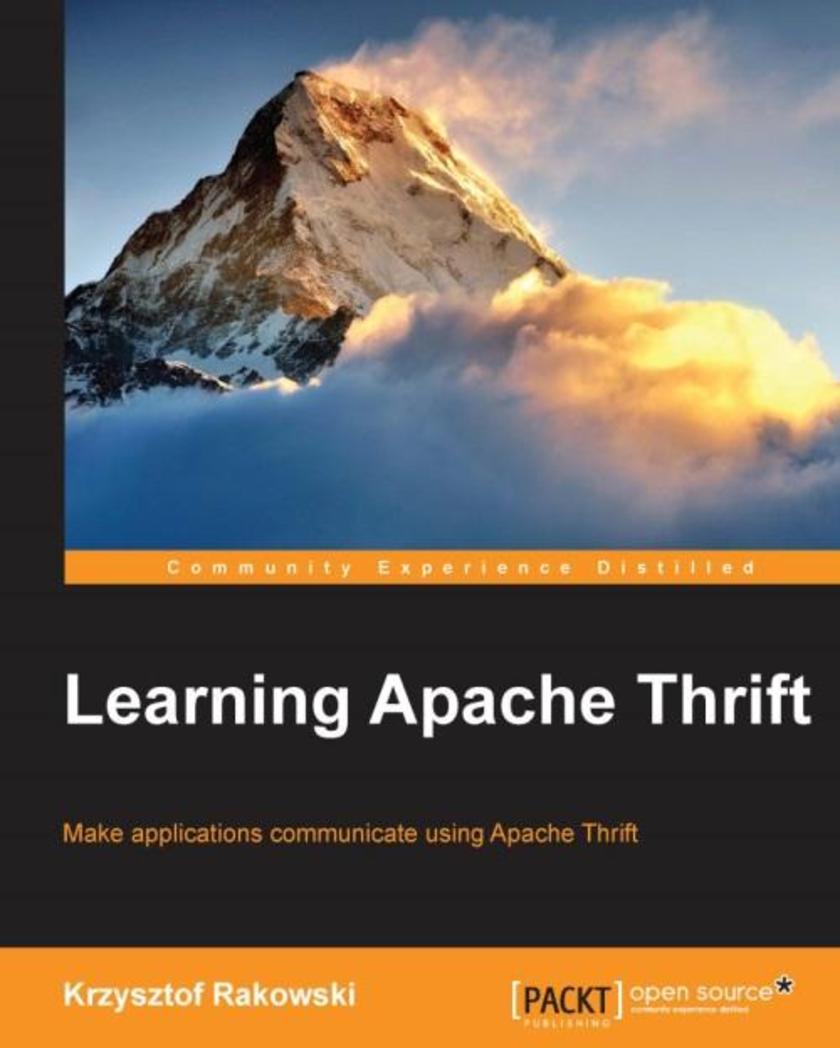
Learning Apache Thrift
¥63.21
Make applications cross-communicate using Apache Thrift! About This Book Leverage Apache Thrift to enable applications written in different programming languages (Java, C++, Python, PHP, Ruby, and so on) to cross-communicate. Learn to make your services ready for real-world applications by using stepwise examples and modifying code from Industry giants. Be a crackerjack at solving Apache Thrift-related issues. Who This Book Is For If you have some experience of developing applications in one or more languages supported by Apache Thrift (C++, Java, PHP, Python, Ruby, and others) and want to broaden your knowledge and skills in building cross-platform, scalable applications, then this book is for you. What You Will Learn Understand the need for cross-language services and the basics of Apache Thrift. Learn how Apache Thrift works and what problems it solves. Determine when to use Apache Thrift instead of other methods (REST API), and when not to use it. Create and run an example application using Apache Thrift. Use Apache Thrift in your applications written in different languages supported by Apache Thrift (PHP, Python, Ruby, Java, and C++). Handle exceptions and deal with errors. Modify code in different languages.< Use Apache Thrift in the production environments of big applications. In Detail With modern software systems being increasingly complex, providing a scalable communication architecture for applications in different languages is tedious. The Apache Thrift framework is the solution to this problem! It helps build efficient and easy-to-maintain services and offers a plethora of options matching your application type by supporting several popular programming languages, including C++, Java, Python, PHP, Ruby, Erlang, Perl, Haskell, C#, Cocoa, JavaScript, Node.js, Smalltalk, OCaml, and Delphi. This book will help you set aside the basics of service-oriented systems through your first Apache Thrift-powered app. Then, progressing to more complex examples, it will provide you with tips for running large-scale applications in production environments. You will learn how to assess when Apache Thrift is the best tool to be used. To start with, you will run a simple example application, learning the framework's structure along the way; you will quickly advance to more complex systems that will help you solve various real-life problems. Moreover, you will be able to add a communication layer to every application written in one of the popular programming languages, with support for various data types and error handling. Further, you will learn how pre-eminent companies use Apache Thrift in their popular applications. This book is a great starting point if you want to use one of the best tools available to develop cross-language applications in service-oriented architectures. Style and approach A stepwise guide to learning Apache Thrift, with ready-to-run examples explained comprehensively. Advanced topics supply the inspiration for further work.
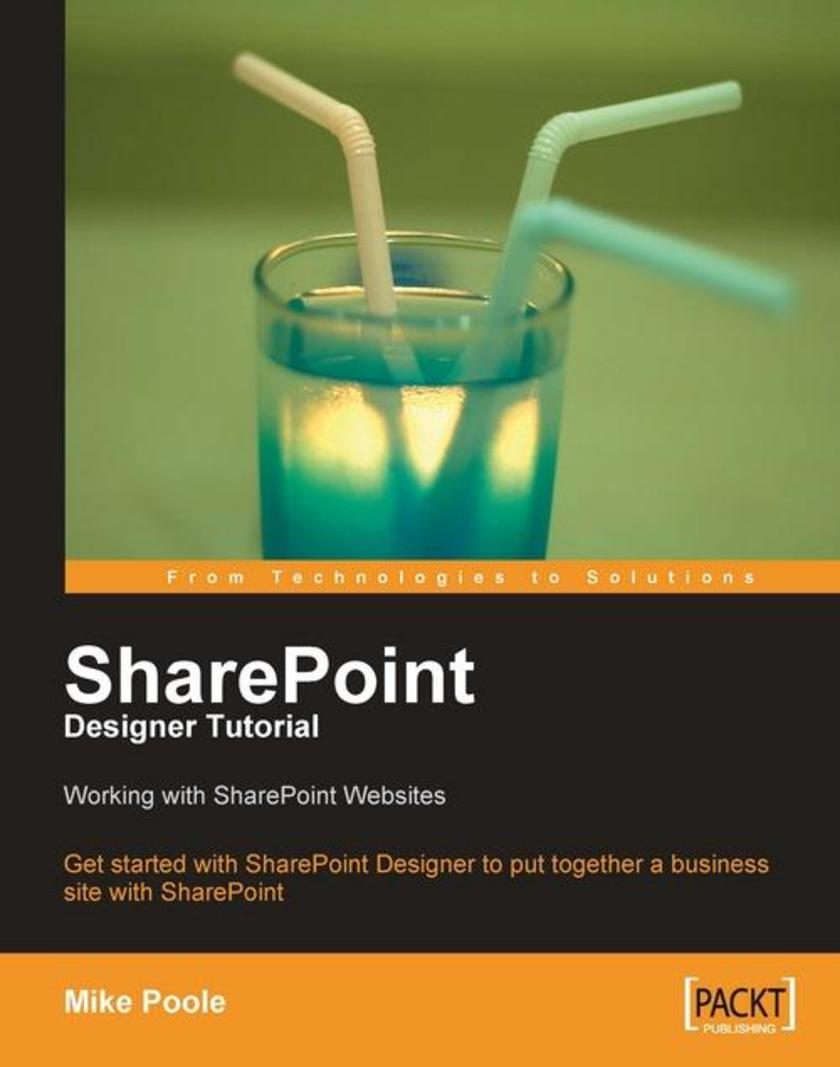
SharePoint Designer Tutorial: Working with SharePoint Websites
¥63.21
This book takes you through the development of a SharePoint site for a wine business. The development involves adding features to the site using SharePoint Designer, and for each of these features you will find screenshots and easy to follow instructions. This book is ideal for people new to SharePoint Designer who need to put together a working SharePoint site as quickly as possible. No experience of SharePoint Designer is expected, and no skill with creating SharePoint sites is assumed.
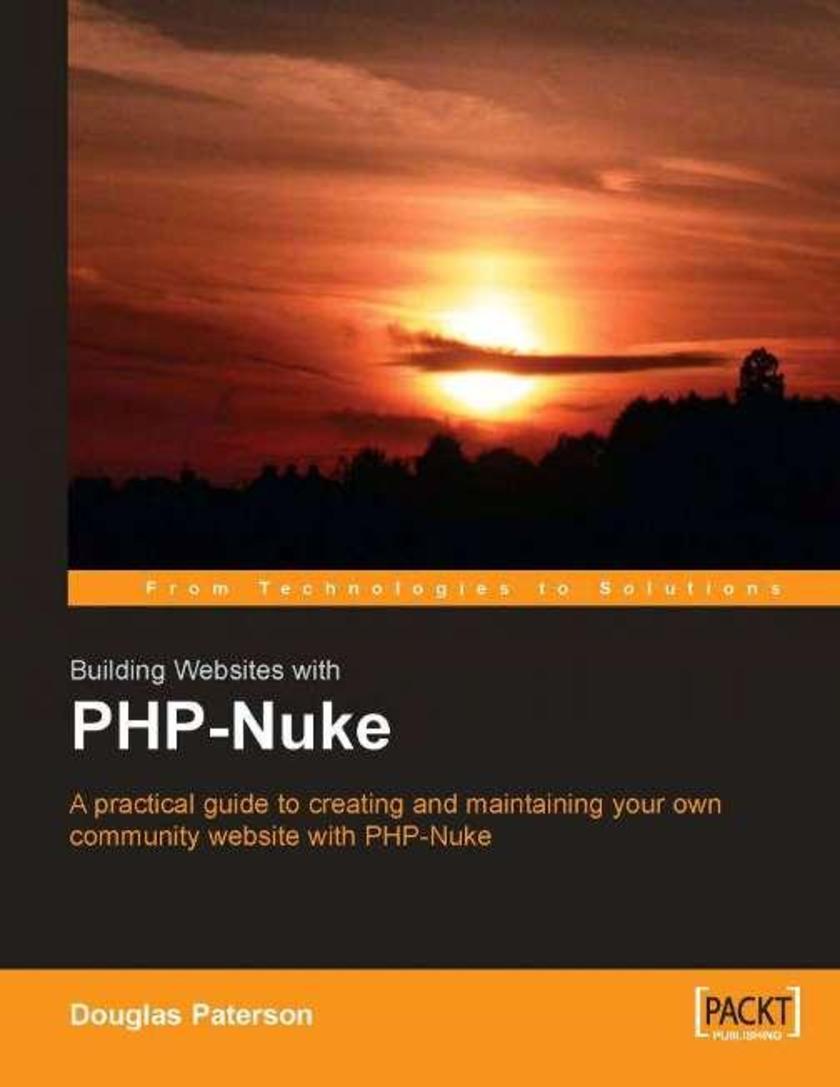
Building Websites with PHP-Nuke
¥63.21
Written in a clear, easy to read style, the book provides a tutorial on setting up a website with PHP-Nuke. Each topic is tackled in a clear, practical way with many examples to consolidate your learning. This book is written to help you create a fully-featured website as quickly as possible. Basic knowledge of HTML will help if you intend to explore customizing your own theme, and a basic knowledge of PHP will help if you want to get the most from the chapters on extending PHP-Nuke.

Learning Bing Maps API
¥63.21
This is a practical, hands-on guide with illustrative examples, which will help you explore the vast universe of Bing maps.If you are a developer who wants to learn how to exploit the numerous features of Bing Maps then this book is ideal for you. It can also be useful for more experienced developers who wish to explore other areas of the APIs. It is assumed that you have some knowledge of JavaScript, HTML, and CSS. For some chapters a working knowledge of .Net and Visual Studio is also needed.
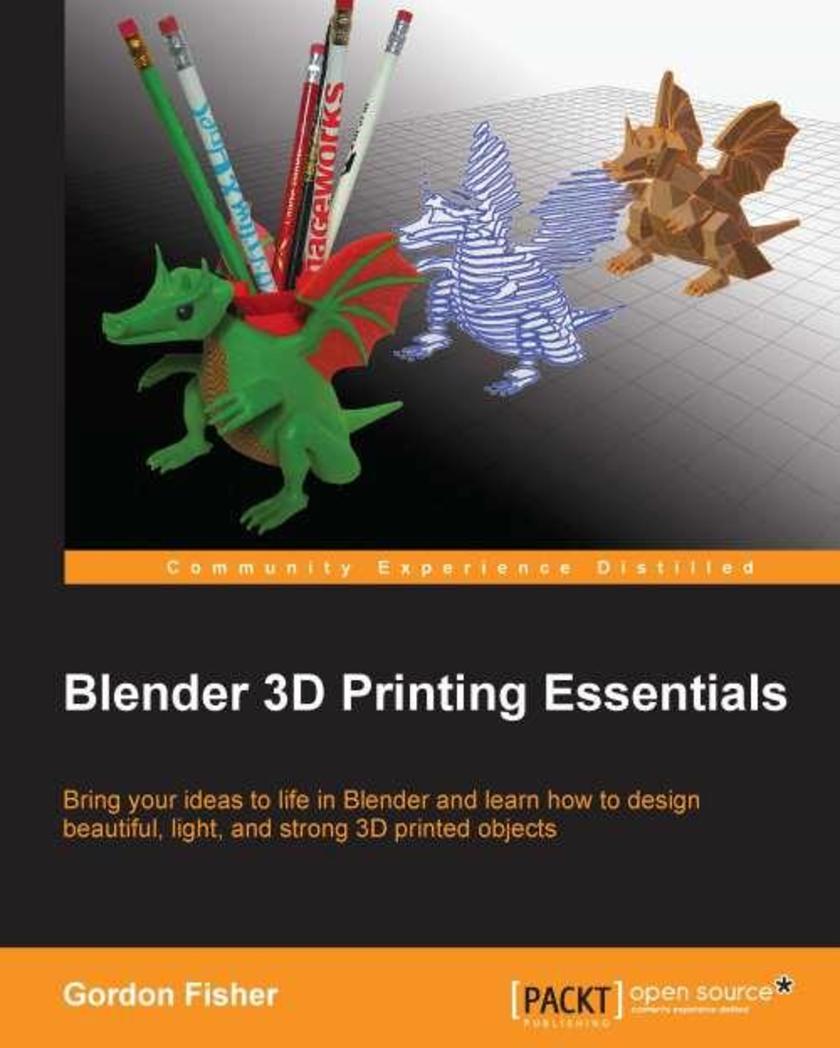
Blender 3D Printing Essentials
¥63.21
This book adopts a practical approach, with the use of step-by-step instructions to help guide readers. There are lots of screenshots covering each and every step needed to design a high-quality model in Blender for 3D printing.If you are a Blender user or someone who wants to use Blender to make 3D objects suitable for 3D printing, this book is ideal for you. You should already be comfortable with basic modeling in Blender - including using modifiers - although advanced skills are not required. All of the models that you will need are explored in-depth. This book does not assume that you will use any specific printer and teaches the general principles common to building models for most printers. It also gives you tips on discovering the requirements of the specific printer you will be using.
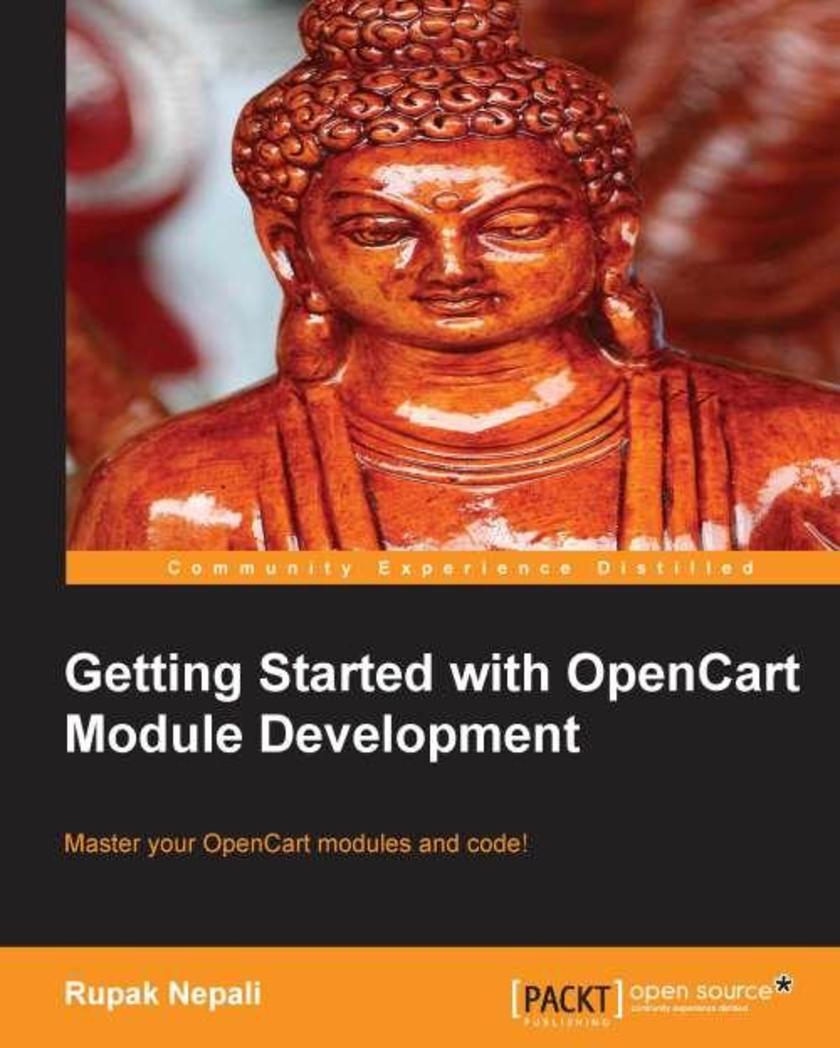
Getting Started with OpenCart Module Development
¥63.21
Written as a step-by-step guide, Getting Started with OpenCart Module Development will teach you all you need to know about OpenCart, from custom extensions to module development.This book is for developers who want to develop OpenCart extensions and for those who want to learn more about the code workflow of OpenCart. Basic knowledge of OpenCart would be an added advantage.

Managing IaaS and DBaaS Clouds with Oracle Enterprise Manager Cloud Control 12c
¥63.21
This book is a step-by-step tutorial filled with practical examples which will show readers how to configure and manage IaaS and DBaaS with Oracle Enterprise Manager.If you are a cloud administrator or a user of self-service provisioning systems offered by Enterprise Manager, this book is ideal for you. It will also help administrators who want to understand the chargeback mechanism offered by Enterprise Manager.An understanding of the basic building blocks of cloud computing such as networking, virtualization, storage, and so on, is needed by those of you interested in this book
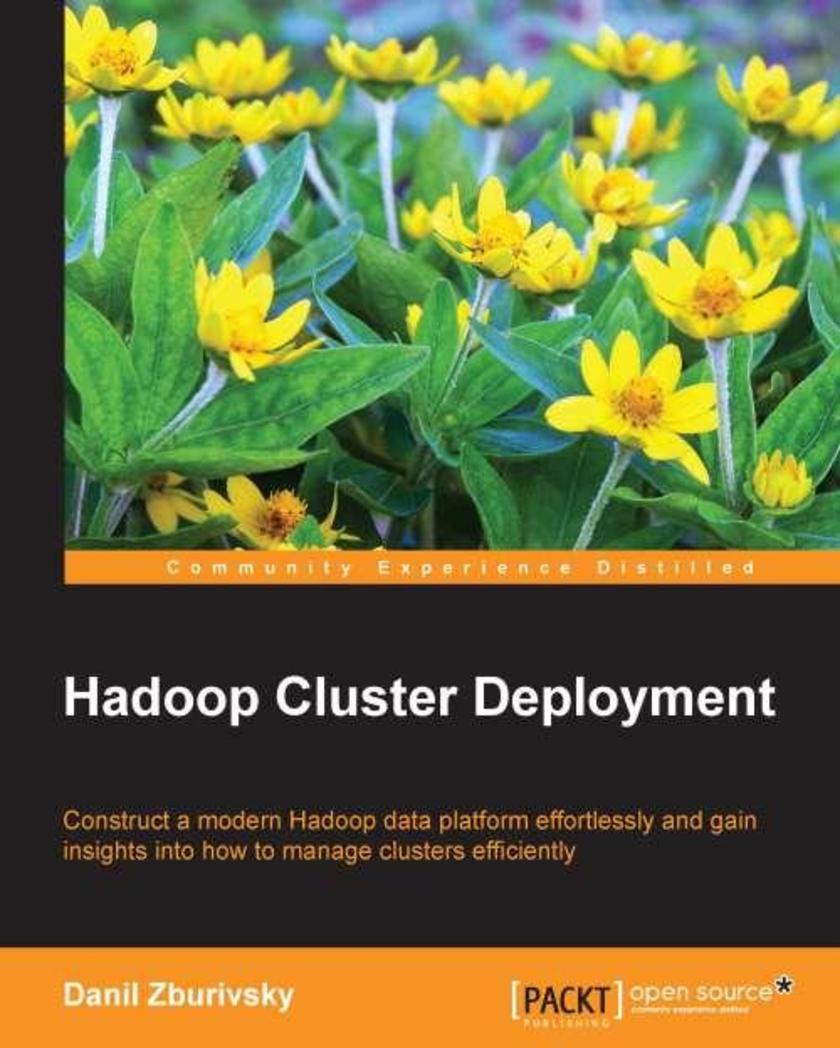
Hadoop Cluster Deployment
¥63.21
This book is a step-by-step tutorial filled with practical examples which will show you how to build and manage a Hadoop cluster along with its intricacies.This book is ideal for database administrators, data engineers, and system administrators, and it will act as an invaluable reference if you are planning to use the Hadoop platform in your organization. It is expected that you have basic Linux skills since all the examples in this book use this operating system. It is also useful if you have access to test hardware or virtual machines to be able to follow the examples in the book.
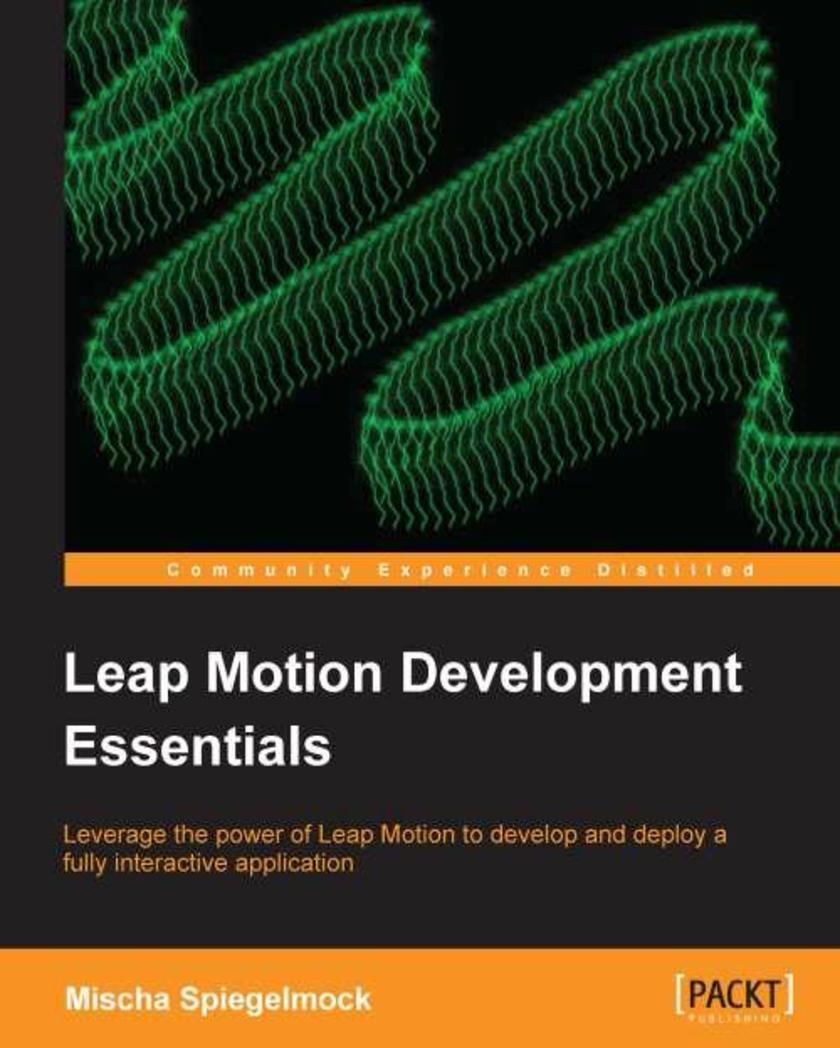
Leap Motion Development Essentials
¥63.21
This book is a fast-paced guide with practical examples that aims to help you understand and master the Leap Motion SDK.This book is for developers who are either involved in game development or who are looking to utilize Leap Motion technology in order to create brand new user interaction experiences to distinguish their products from the mass market. You should be comfortable with high-level languages and object-oriented development concepts in order to get the most out of this book.

Mathematica Data Visualization
¥63.21
If you are planning to create data analysis and visualization tools in the context of science, engineering, economics, or social science, then this book is for you. With this book, you will become a visualization expert, in a short time, using Mathematica.
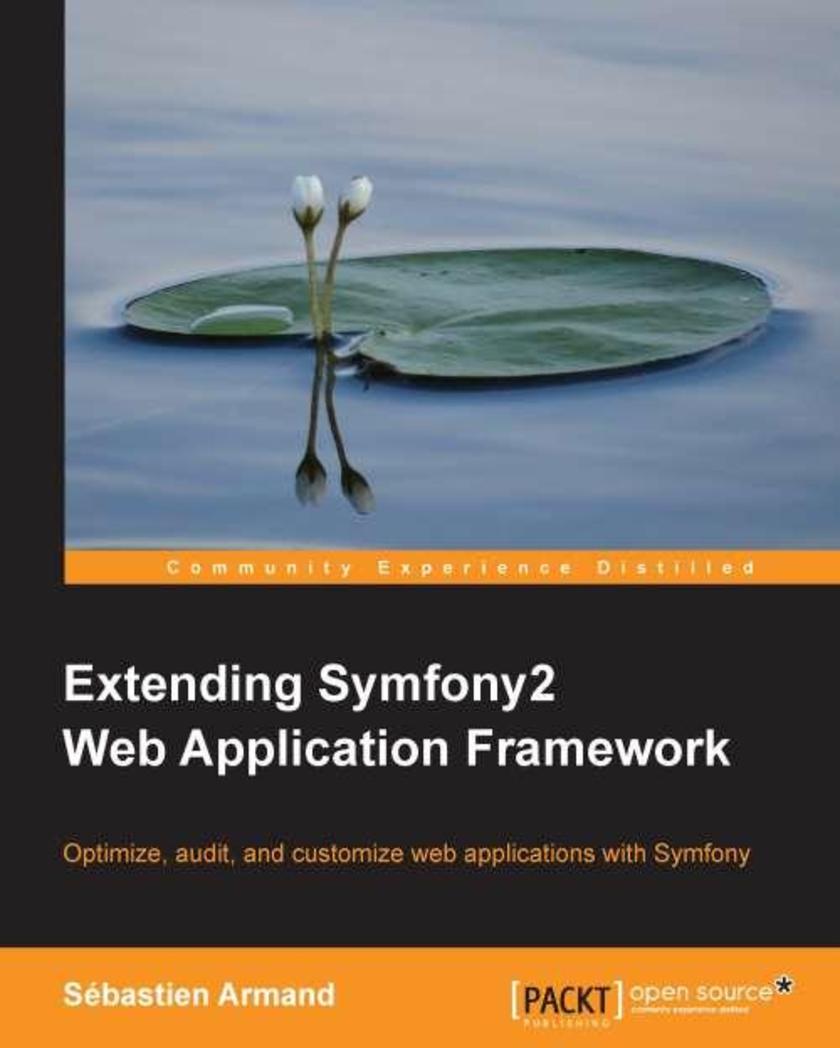
Extending Symfony 2 Web Application Framework
¥63.21
With lots of practical, handson, stepbystep examples, this book will lead you through how to extend and optimize your Symfony2 framework. If you have a good understanding of how Symfony works and are now trying to integrate complex tasks in your application, or want to better organize your application by keeping each piece of code where it belongs so it can be decoupled and easily used elsewhere, then this book is for you.
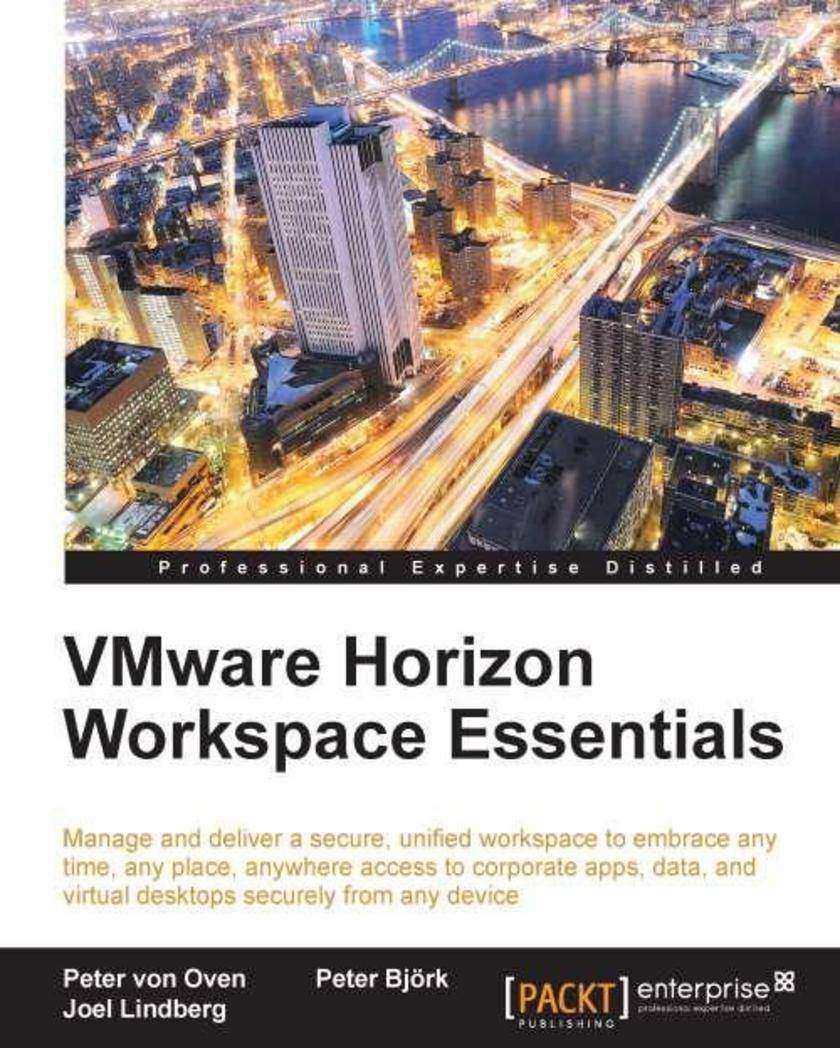
VMware Horizon Workspace Essentials
¥63.21
This book uses a stepbystep approach to teach you how to design, deploy, and manage a Horizon Workspace based on real world experience. Written in an easytofollow style, this book explains the terminology in a clear and concise manner. Each feature is explained starting at a high level and then drilling down into the technical detail, using diagrams and screenshots. This book is perfect for IT administrators who want to deploy a solution to centrally manage access to corporate applications, data, and virtual desktops using Horizon Workspace. You need to have some experience in delivering BYOD initiatives and delivering applications from the Cloud (SaaS).
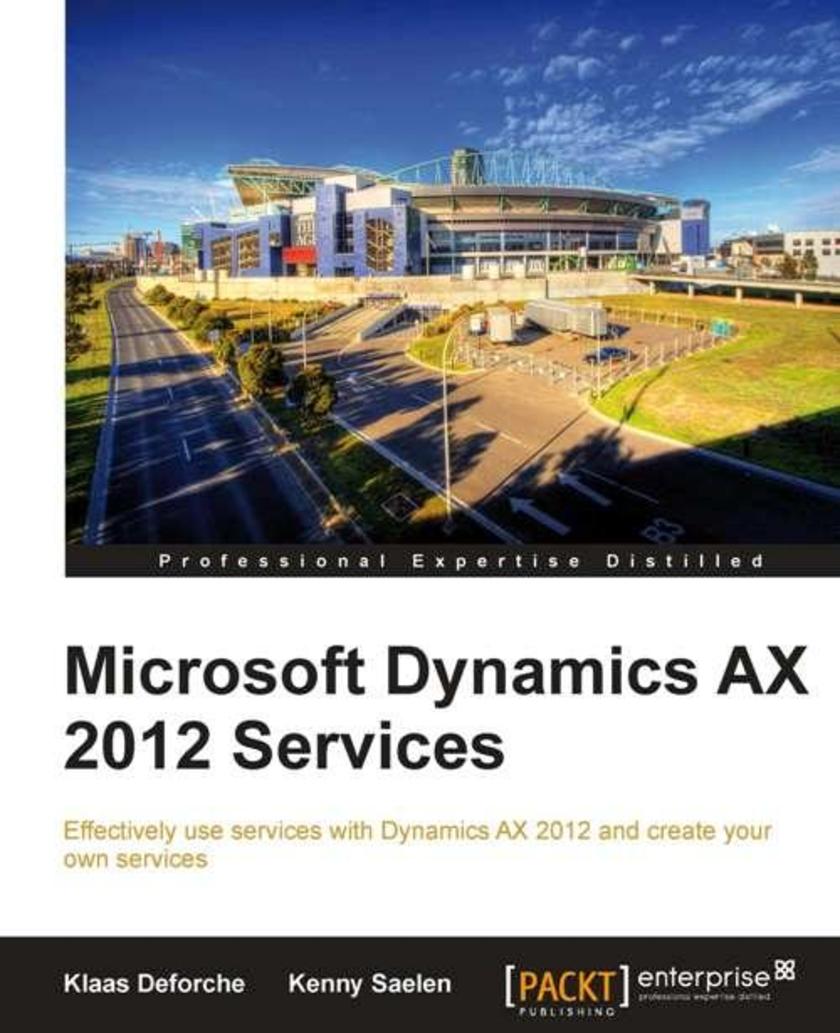
Microsoft Dynamics AX 2012 Services
¥63.21
It's a tutorial guide that provides all the knowledge needed to implement services with Microsoft Dynamics AX 2012. This book is aimed at Dynamics AX developers, both new and experienced with services and Microsoft Dynamics AX 2012. A basic understanding of MorphX and X++ is assumed, but the step-by-step instructions are easy to follow even for beginners. Some examples use C#.NET, so experience with Visual Studio is a plus but not a must.




 购物车
购物车 个人中心
个人中心



